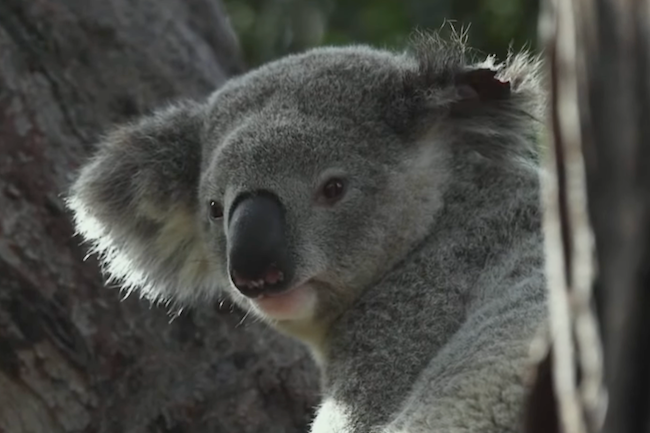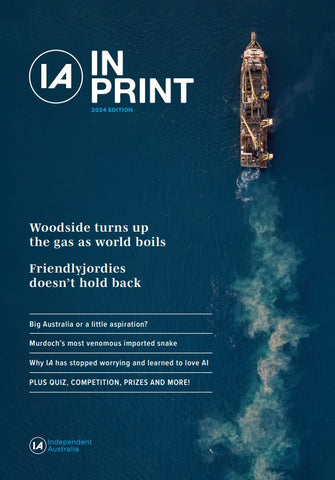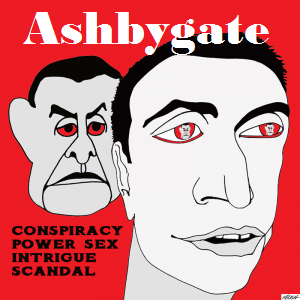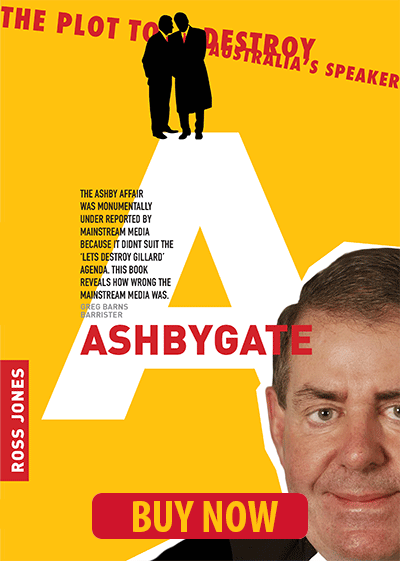Australian rainforests have become the first in the world to switch from absorbing carbon dioxide to emitting it. Sue Arnold reports.
A COLLECTIVE SIGH of relief was felt by many when the NSW Government finally declared the proposed boundaries for the Great Koala National Park.
After years of Labor promises, sit-ins, protests, petitions, endless submissions, meetings, workshops, parliamentary enquiries, legal challenges, lobbying efforts, countless arrests, scientific research, international protests and deep public concern, the Minns Government finally took the long overdue step.
But – and there’s always a but – there’s a raft of problems before the park becomes a legal reality.
One significant problem is the excisions of native forests within the park boundaries that have been annexed by the Forestry Corporation (FC) as hardwood plantations. Approximately 36,000 hectares of native forests, taken over by the FC for the industry as plantations, hold one-tenth of the park’s koala population according to research currently underway by a group of scientists, researchers, conservation organisations and citizen scientists.
The group, Koala History and Sustainability Research Cluster, believes excising these native forests as plantations threatens the park’s entire koala population, claiming the most important koala habitat in the entire park is in the plantations.
Dr Timothy Cadman, one of the scientists involved in the cluster, said:
On-going plantation harvesting operations will result in a permanent cull.
While negotiations for the park were going on, Forestry Corporation was busy annexing native forests, re-naming them as plantations. It’s important to understand native forests are logged a third at a time, plantations are clear-felled So, all the habitat is destroyed.
NSW government modelling, using the results of their drone survey of the native forest plantations, which make up ten per cent of the full park envelope, showed potentially a population estimate between 10,000-12,000 koalas.
Our research involved a comprehensive analysis of over 200 koala records, which demonstrate high numbers of koalas in these areas. As these forests are now designated as plantations, any legal protection for koalas is minimal to non-existent.
Tuckers Nob State Forest provides an example of the problems. This critically important forest contains prime koala habitat, destined to be logged sometime in 2025-2026. Cluster research demonstrates koalas are using and eating rainforest species, faithful to the rainforest gullies in the forest — an important point, as recent research demonstrates.
Extensive efforts by the cluster to get any government action to address the dire situation impacting plantation koalas have been met with zero responses from Ministers Minn, Sharpe and Moriarty, collectively responsible for the situation.
Dr Rolf Schlagloth, a member of the cluster team, indicated that excluding such areas as Tuckers Nob from the proposed Great Koala National Park was both “short-sighted and inconsistent with current conservation strategies”.
Might it be possible that plantation koalas can flee into the park when plantations are logged? According to Dr Cadman, koalas are territorial and the park is already full. Koalas tend to be faithful to their habitat types.
Dr Cadman believes the quality of habitat in the park is lower than the high-quality habitat in the hardwood plantations.
Hardwood plantation harvest timber is basically a niche industry with one third used for building and furniture, one third for pulp, sawlogs and the remaining third goes to tomato stakes and pallets, with the "residue" burnt as green energy. Dr Cadman says the softwood plantations available in Australia can readily support the needs of the building industry.
Logging high-quality habitat plantations, which should be left in the park boundary, is not the only problem facing the creation of the park.
Whilst the Government has imposed a temporary moratorium on all logging in the park, a number of hurdles to making the park legal remain.
According to the Government:
'... the moratorium will allow time for the NSW Government to undertake the work required to be able to put a Bill to Parliament to reserve the Great Koala National Park under the National Parks and Wildlife Act 1974 in 2026. However, this is subject to completing key elements required to create the park, including registration of a carbon project.’
The legality of the park depends on a complicated carbon credit scheme.
Given the advantages of AI, the details are explicit:
The Improved Native Forest Management (INFM) method is a proposed carbon credit scheme that provides Australian Carbon Credit Units (ACCUs) for projects that increase carbon stocks in native forests by stopping or delaying harvesting in multiple-use public forests.
It aims to generate revenue from carbon credits to incentivise the protection of these forests by allowing them to be managed as a source of carbon sequestration, rather than for timber extraction.
The NSW Government acknowledges that:
The final creation of the park is dependent on the successful registration of a carbon project under the Improved Native Forest Management (INFM) Method, which is currently moving through the Federal Government assessment processes. Pending the outcomes of the work being undertaken by the NSW Government over the next 12 months, the Great Koala National Park would see existing reserves combined with the 176,000 hectares to create a vast network of protected areas encompassing over 475,000 hectares from Kempsey to Grafton and inland to Ebor.
This will become a centrepiece of koala conservation in NSW as well as a must-see destination, attracting visitors and contributing to the local economy.
The potential new reserves will permanently protect high-quality koala habitat and an estimated population of between 10,300 to 14,540 koalas.
In other words, if the Federal Government doesn’t approve the NSW Government’s INFM for the park, then any bill to Parliament to reserve the park will presumably be moot. There’s no information on the time frame for any INFM approval.
The public needs to be made aware that the reason for any potential creation of the park has less to do with koalas, with the primary focus being the carbon credit scheme, which is highly dependent on offsets created by unlogged forests. Thus, failing to give native forests and biodiversity a primary value for their environmental services.
Ironically, new research shows Australian rainforests are emitting carbon dioxide — the first in the world to switch from absorbing carbon dioxide to emitting it:
‘Globally, forests alongside oceans and soils act as carbon sinks, absorbing about half of all human-generated emissions. The findings raise concerns about future carbon reduction models that rely on these natural carbon sinks to offset emissions.’
Evidence supporting an end to native forest logging, which includes hardwood plantations excised from native forests, is essential if climate change impacts are to be taken seriously by governments.
Sue Arnold is an IA columnist and freelance investigative journalist. You can follow Sue on Twitter @koalacrisis.
 This work is licensed under a Creative Commons Attribution-NonCommercial-NoDerivs 3.0 Australia License
This work is licensed under a Creative Commons Attribution-NonCommercial-NoDerivs 3.0 Australia License
Support independent journalism Subscribe to IA.














